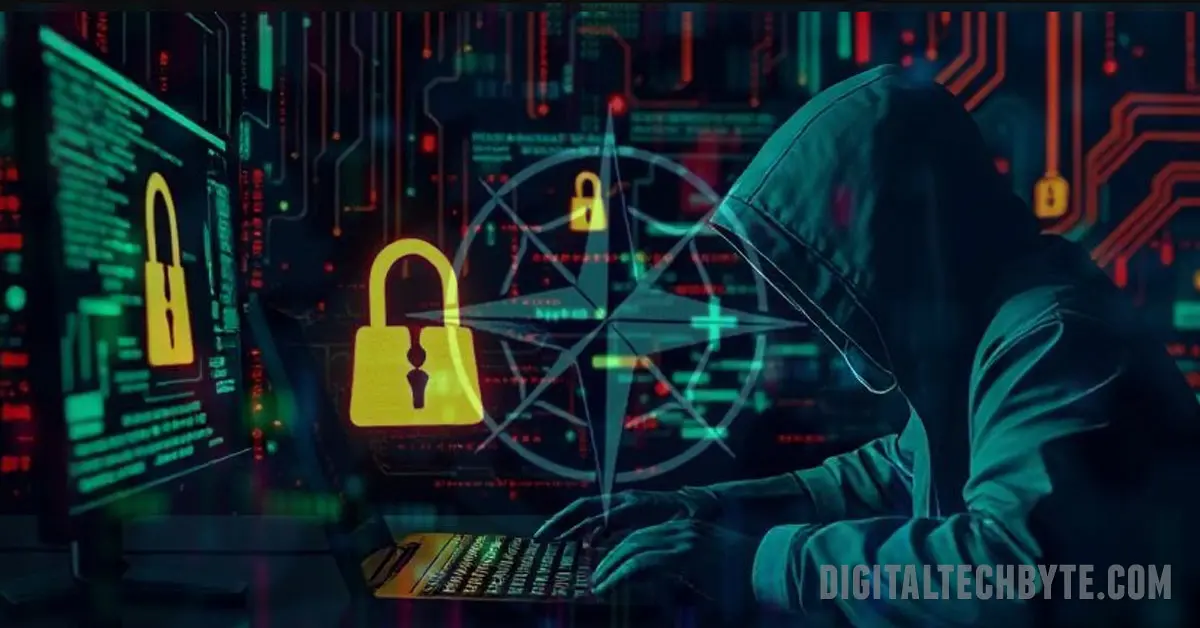
Russia Cyber Attacks Against NATO Nations Surge 25% in 2025, Microsoft Report Reveals
Russia cyber attacks are up by 25% in 2025, according to a Microsoft report that links the sharp rise to evolving digital warfare tactics targeting NATO nations and critical infrastructure.
Russia Cyber Attacks Against NATO Nations Surge 25% in 2025, Microsoft Report Reveals
Russia cyber attacks have surged dramatically in 2025, rising by nearly 25% against NATO member states, according to Microsoft’s latest Threat Analysis report. The data underscores Moscow’s growing dependence on digital warfare and information manipulation as key instruments in its geopolitical strategy.
The report, compiled by Microsoft’s Threat Analysis Center (MTAC), indicates that Russian state-linked hacker groups continue to escalate their cyber efforts, targeting Western governments, defense sectors, and energy grids. These operations, Microsoft analysts warn, are becoming more advanced, blending espionage, disinformation, and infrastructure disruption across Europe and North America.
Escalating Digital Conflict
Microsoft’s 2025 data highlights at least 49 major cyber incidents tied to Russia-based entities between January and September, marking a significant increase over previous years. The primary targets of these Russia cyber attacks include foreign ministries, military communication hubs, and power utilities in countries such as Germany, Poland, the United Kingdom, and the United States.
Brad Smith, Microsoft’s Vice Chair and President, emphasized that cyber operations have evolved into “a defining tool of modern wartime strategy.” He added that Russia’s use of cyber tactics often coincides with key political events, reflecting a deliberate attempt to influence or destabilize Western democracies.
These trends echo the early cyber offensives witnessed during the 2022 Ukraine conflict, where Russia’s digital troops disrupted communications and network infrastructure. The latest dataset suggests those same methods are being refined and deployed on a wider international scale against NATO nations.
Key Motives Driving Russian Cyber Strategies
According to cybersecurity experts, Russia cyber attacks aim to achieve a combination of espionage, disruption, and psychological warfare. By infiltrating networks and spreading misinformation, these operations seek to undermine trust in democratic institutions while gathering intelligence on Western defense alliances.
Groups such as APT29 (also known as Cozy Bear) and Sandworm, both believed to be state-sponsored, are employing new methods like AI-assisted phishing and supply-chain infiltration to penetrate secure systems. These hackers exploit vulnerabilities in cloud services and third-party vendors—exposing the interconnected risks of global digital infrastructure.
Microsoft’s report also documents targeted intrusions into satellite communications, transportation control networks, and water utilities—indicating that the scope of cyber aggression has extended well beyond traditional espionage.
NATO and European Response
NATO’s Cooperative Cyber Defence Centre of Excellence (CCDCOE) in Tallinn has confirmed heightened monitoring and rapid response exercises to defend member states against Russia cyber attacks. Alliance members are expanding information-sharing protocols and running joint defense simulations designed to identify threats early and neutralize breaches swiftly.
In Europe, governments are partnering with technology companies such as Microsoft, Google, and Cloudflare to strengthen national cybersecurity frameworks. These collaborations focus on threat intelligence sharing, AI-driven threat detection, and real-time response automation to repel sophisticated attacks.
The Role of Artificial Intelligence in Modern Cyber Conflicts
A concerning dimension of the Microsoft report is the role of AI in amplifying Russia cyber attacks. Advanced machine learning models are now being employed to craft near-perfect phishing emails, generate realistic fake media content, and even simulate official communications from trusted agencies.
Microsoft warns that this fusion of AI and cyber warfare compounds the difficulty of tracing attacks and verifying information. The company recommends stronger AI governance, increased funding for cybersecurity education, and tighter cooperation between democracies to counter these emerging hybrid threats.
Growing Cyber Threat Landscape
The rise in Russia cyber attacks highlights the shifting nature of warfare in the digital age. As geopolitical tensions remain high, NATO and its allies face mounting pressure to build cyber resilience, enhance threat intelligence sharing, and safeguard democratic infrastructure from targeted disruptions.
For now, experts believe 2026 could see an even more complex cyber battlefield if defensive innovation fails to keep pace. The digital front line is expanding rapidly, and ensuring global cyber stability will require coordinated vigilance across both public and private sectors.
